What is Ocean Acidification?
What is Ocean Acidification?Ocean acidification refers to the phenomenon in which carbon dioxide (CO₂) emitted by human activities is absorbed by the ocean, causing the pH level of seawater to decrease. In this article, we will take a closer look at the causes and impacts of ocean acidification, the international community’s responses, and practical actions that we can take to address it. ―What is Ocean Acidification?―“If this continues, the ocean will become as acidic as cola.”Scientists are sounding the alarm: if current trends persist, our oceans could indeed become as acidic as soda.As carbon dioxide from the atmosphere is absorbed by the sea, the ocean’s pH level continues to drop.Just as teeth gradually dissolve when soaked in cola, acidified seawater slowly corrodes calcium-based marine life such as seashells and coral reefs.Eventually, the ocean’s ecosystem will lose its balance and face the risk of collapse.―What is Ocean Acidification?―Over the past 40 years, the pH level has been steadily decreasing — in other words, the ocean is becoming more and more acidic.© Nicolas Gruber & Luke GregorOcean acidification refers to the process in which about 30% of the carbon dioxide (CO₂) emitted by human activities is absorbed by the ocean, causing the pH level of seawater to decrease.When CO₂ from the atmosphere dissolves in seawater, it forms carbonic acid (H₂CO₃). This carbonic acid then releases hydrogen ions (H⁺), gradually making the ocean more acidic.―How Acidic Has the Ocean Become?―♣ pH Changes (Source: IPCC AR6 2021, NOAA 2023)• Pre-industrial era: Average pH 8.21• Current (as of 2023): Approximately 8.10• Decrease in pH: About 0.11 → A 30% increase in hydrogen ion concentration• Projected by 2100: Below pH 7.7 (under the RCP8.5 scenario)In 2021, the IPCC warned in its Sixth Assessment Report:“Ocean acidification has already been observed across all oceans of the world.Unless carbon emissions are reduced to net zero, the ocean will continue to deteriorate.”In other words, unless humanity completely stops emitting carbon dioxide—or offsets emissions by absorbing an equal amount to achieve net zero (carbon neutrality)—the ocean will not be able to recover.
If you’d like to learn more about Net Zero (carbon neutrality), check out the next article!⇊Net Zero: The Only Way to Save Our Planet!―Why Is a 0.1 Drop in pH So Dangerous?―A drop of just 0.1 in pH may seem insignificant at first glance.However, for marine life, it is a matter of survival.The reason lies in the fact that pH is measured on a logarithmic scale.This means that even a 0.1 decrease corresponds to about a 26% increase in hydrogen ion concentration—in other words, the ocean becomes that much more acidic.What’s even more alarming is the speed of this change.In nature, environmental shifts usually unfold over thousands or even millions of years.Today, however, the ocean is undergoing drastic chemical changes in just a few decadesfar too fast for most organisms to adapt.In its 2021 report, the IPCC issued a chilling warning:“By 2100, ocean pH could drop by another 0.4 — marking the fastest chemical change in the ocean in 300 million years.”So, what’s happening in the ocean right now?The first to be affected are marine organisms that rely on calcium carbonate (CaCO₃) to build their shells and skeletons.Shellfish, corals, and plankton struggle to form shells in acidified water, and even existing skeletons can begin to dissolve over time.According to the International Union for Conservation of Nature (IUCN, 2022), such species are especially vulnerable in their early life stages, with observed survival rates dropping by as much as 50% in some cases.Scientists describe this phenomenon as being “like sending babies into a battlefield without armor.”But the problem goes beyond shells.Ocean acidification also affects the senses and behavior of fish.A research team in Australia (Munday et al., 2021) found that juvenile fish raised in acidified waters failed to recognize predators — a shocking discovery.The researchers put it bluntly:“It’s like a thief breaking into your house, but you can’t smell them or run away.”In essence, ocean acidification is not just a chemical change —it’s a profound biological crisis threatening the instincts and nervous systems of marine life itself.―The Reality Beneath the Waves: What Ocean Acidification Has Caused―What’s Happening Under the Sea?Shellfish can no longer form their shells,Fish are losing their sense of direction,Corals are losing their homes,Fishermen are losing their livelihoods,And we… are losing our ocean.♣ Coral Bleaching — The Ocean’s Cry for HelpAustralia’s Great Barrier Reef, the largest coral reef system in the world, has suffered devastating losses.In just two years, from 2016 to 2017, over half of its corals turned white and died.Source: Annual Summary Report on the Great Barrier Reef (2022)take a look at the graph below.The blue line shows how much of the sea floor was covered by coral from 1985 to 2024.• In 2017, you can see a sharp drop — the period when mass bleaching occurred.• By 2024, it appears to recover, but remember: this data was collected in March, just before another bleaching event began.Why is this happening?Corals live in symbiosis with algae, which provide them with essential nutrients.However, when ocean temperatures rise and acidification worsens, the algae die off — and without them, the corals soon follow.♣ The Collapse of Marine EcosystemsCoral reefs are not just beautiful underwater scenery — they are the foundation of marine life.They serve as homes and feeding grounds for countless species such as sea turtles, clownfish, tropical fish, and seahorses.• When coral reefs disappear, the very structure of the marine ecosystem collapses.• As a result, about 25% of all marine species lose their habitats — that’s one out of every four sea creatures at risk. ♣ Fishermen’s Livelihoods Are Also at StakeIn Washington State, USA, oyster farmers have suffered huge losses due to ocean acidification.Some were even forced to relocate their farms all the way to Alaska in search of survivable conditions.In Toyama Bay, Japan, giant squids once exceeding a meter in length were once common.Now, they have almost vanished.Fish catches have plummeted, and local economies are facing serious hardship.Ocean acidification, therefore, is not just an ocean problem.It is a crisis that connects ecosystems, food security, the economy, and our shared future.If you’d like to learn more about the current state of the climate crisis, check out the next article!⇊What Is Sea Level Rise?Warnings from the Melting GlaciersLiving in the Era of Mass ExtinctionIf you’d like to learn more about the current state of the climate crisis, check out the next article!⇊What Is Sea Level Rise?Warnings from the Melting GlaciersLiving in the Era of Mass Extinction―Global Response: How the World Is Protecting the Ocean―To confront this escalating crisis, the world has begun a global team effort to safeguard the seas.♣ UNESCO-IOC & GOA-ONA Global Network Monitoring Ocean AcidificationThe Intergovernmental Oceanographic Commission (IOC) under UNESCO operates the Global Ocean Acidification Observing Network (GOA-ON) to monitor changes in ocean chemistry.• Over 100 observation stations worldwide continuously track seawater pH and CO₂ concentrations in real time.• Through the OARS (Ocean Acidification Research for Sustainability) program, scientists systematically study how acidification impacts marine life and ecosystems, providing essential data and strategies to help policymakers take informed action.In fact, the small island nation of Tuvalu used this scientific data to appeal for international support at a United Nations conference.With such clear scientific evidence, no nation can afford to ignore the ocean’s distress any longer.________________________________________♣ The World BankBuilding a “Blue Economy” to Save Both the Ocean and the EconomyThe World Bank is promoting the Blue Economy — an initiative designed to revive both the economy and the ocean.To support this vision, it operates a multinational trust fund called PROBLUE, which finances sustainable ocean-based projects such as:• Expanding seaweed farming for carbon absorption• Transitioning to sustainable fishing systems• Increasing marine protected areasThe goal of this strategy is to create 40 million ocean-based green jobs by 2030.________________________________________♣ Blue Bonds: Innovative Finance for the OceanA new financial instrument, the Blue Bond, is gaining global attention.In simple terms, these are bonds issued to fund ocean conservation projects.• They are spearheaded by the International Finance Corporation (IFC) in partnership with major global investors.• The funds raised support initiatives such as sustainable fisheries, coral reef protection, and marine pollution prevention ensuring a stable flow of capital toward preserving our planet’s blue heart.Together, these global efforts represent more than environmental protection they mark the rise of a new era of cooperation, where science, finance, and sustainability converge to restore the ocean’s vitality.―What We Can Do―The ocean is so breathtaking that it makes us dream of summer getaways.If we want to keep that blue beauty alive, we must start with small, everyday actions.Here are some simple ways you can help right now:1. Reduce Plastic UseChoose reusable over disposable! It’s the easiest way to cut down on microplastics in the ocean.2. Buy Seafood with Marine Protection Labels (like MSC)Support sustainably caught seafood — mindful consumption is true love for the ocean.\3. Use Public Transportation or Ride a BikeOpt for low-carbon travel instead of private cars — your daily commute can help change the planet.4. Choose Renewable Energy ProductsWhen you buy products powered by green energy, you’re taking part in protecting the ocean.5. Eat More Seaweed and Eco-Friendly Ocean PlantsGood for your health, and gentle on the environment — it’s a new, ocean-friendly diet.6. Use Reef-Safe SunscreenChemical-free sunscreens keep coral reefs safe while protecting your skin.7. Join a Beach CleanupPicking up even one piece of trash can save countless marine lives.8. Support Marine Protection Campaigns and PoliciesShare posts, sign petitions — small actions can amplify big messages.9. Donate to Ocean Conservation OrganizationsSupport groups like Sea Shepherd or Oceana — your contribution makes a tangible difference.10. Spread Awareness about Ocean Acidification and Climate ChangeChange starts with awareness. Share this information with your friends — that’s how movements begin.When our quiet, small actions come together, the ocean can once again find its blue tomorrow.If you want to learn more about climate action, check out the next articles!⇊What We Must Do for a Sustainable OceanWhat Is Climate Action?What Is the Circular Economy?Sustainable Consumption and Production: Saving the Planet Together“Ocean acidification is another climate crisis caused by human activity.The ocean is changing quietly — but surely — while we remain unaware.”— From a report by the Intergovernmental Oceanographic Commission (IOC) under UNESCOWritten by Sharon ChoiDirector of PlanningSunhak Peace Prize SecretariatFurther Reading :Net Zero: The Only Way to Save Our Planet!Warnings from the Melting GlaciersLiving in the Era of Mass ExtinctionWhat Is Climate Action?What Is the Circular Economy?Sustainable Consumption and Production: Saving the Planet TogetherReferences and Sources :• IPCC. Sixth Assessment Report (AR6), 2021.Intergovernmental Panel on Climate Change (IPCC). View official report• NOAA. Ocean Acidification Data 2023.National Oceanic and Atmospheric Administration (NOAA). View official data• AIMS. Annual Summary Report on the Great Barrier Reef, 2022.Australian Institute of Marine Science (AIMS). View official report• IUCN. Ocean Acidification and Marine Biodiversity Impact Report, 2022.International Union for Conservation of Nature (IUCN). View official source• FAO & NOAA. Fisheries and Ocean Acidification Impact Assessment, 2023.Food and Agriculture Organization of the United Nations & NOAA. View official report• World Bank. Blue Economy Framework for Action, 2022.The World Bank Group. View official document• UNESCO-IOC. Global Ocean Acidification Observing Network (GOA-ON).View program overview
30 October 2025
 What is Ocean Acidification? 30 October 2025
What is Ocean Acidification? 30 October 2025 What is Sustainable Agriculture? 13 October 2025
What is Sustainable Agriculture? 13 October 2025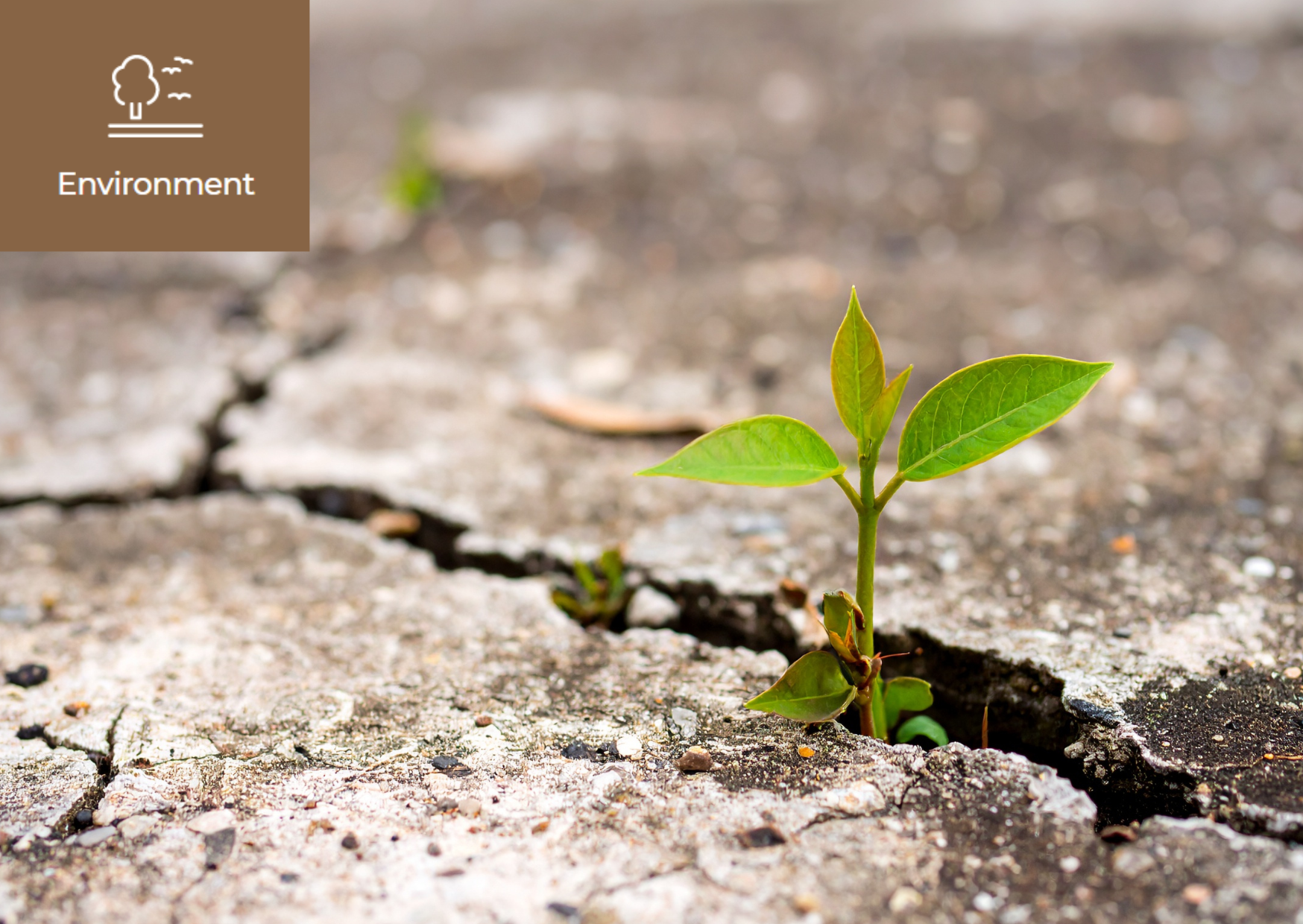 What is Climate Resilience? 22 September 2025
What is Climate Resilience? 22 September 2025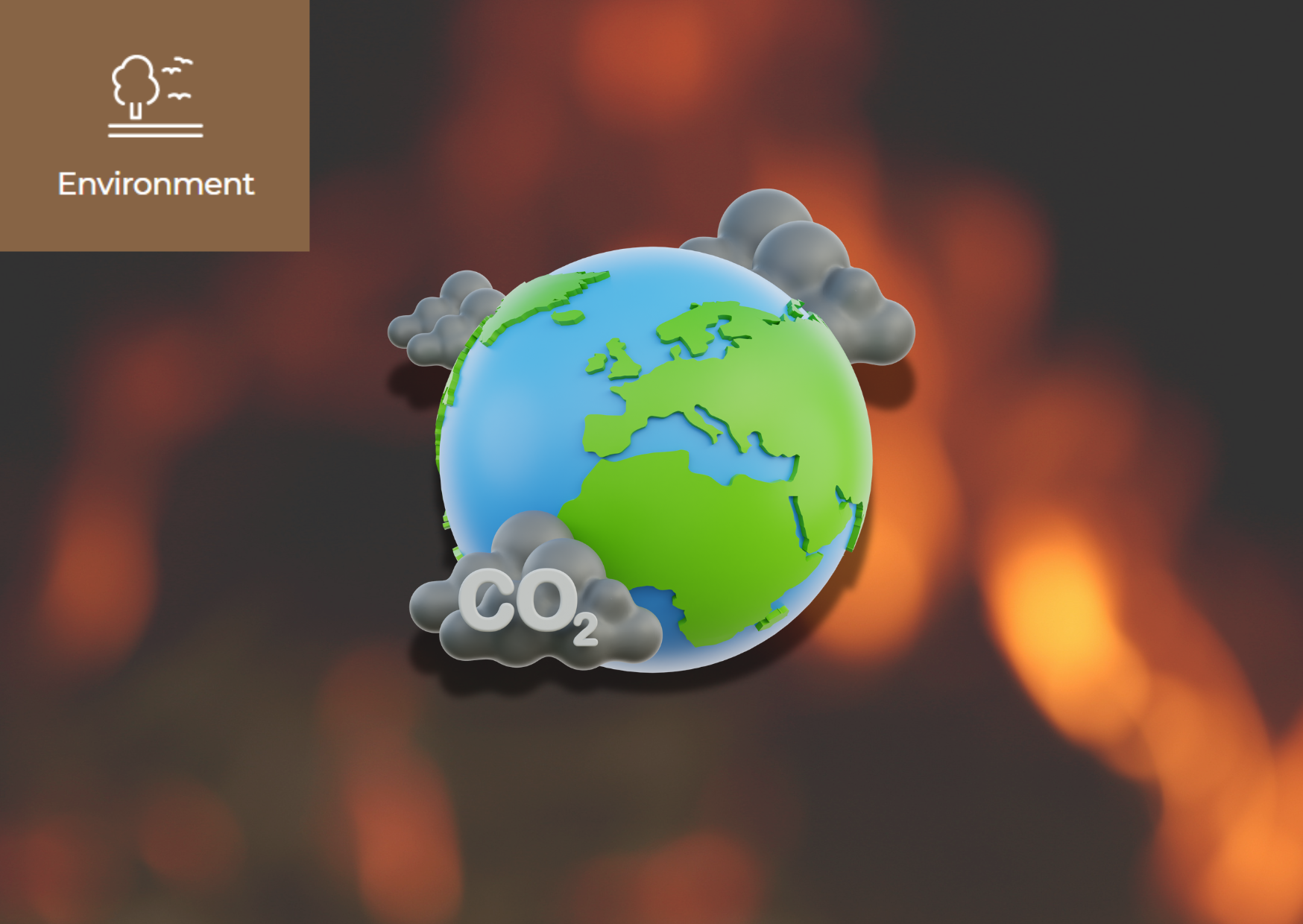 What is Carbon Budget? 9 September 2025
What is Carbon Budget? 9 September 2025 What is Reselling and Upcycling? 11 August 2025
What is Reselling and Upcycling? 11 August 2025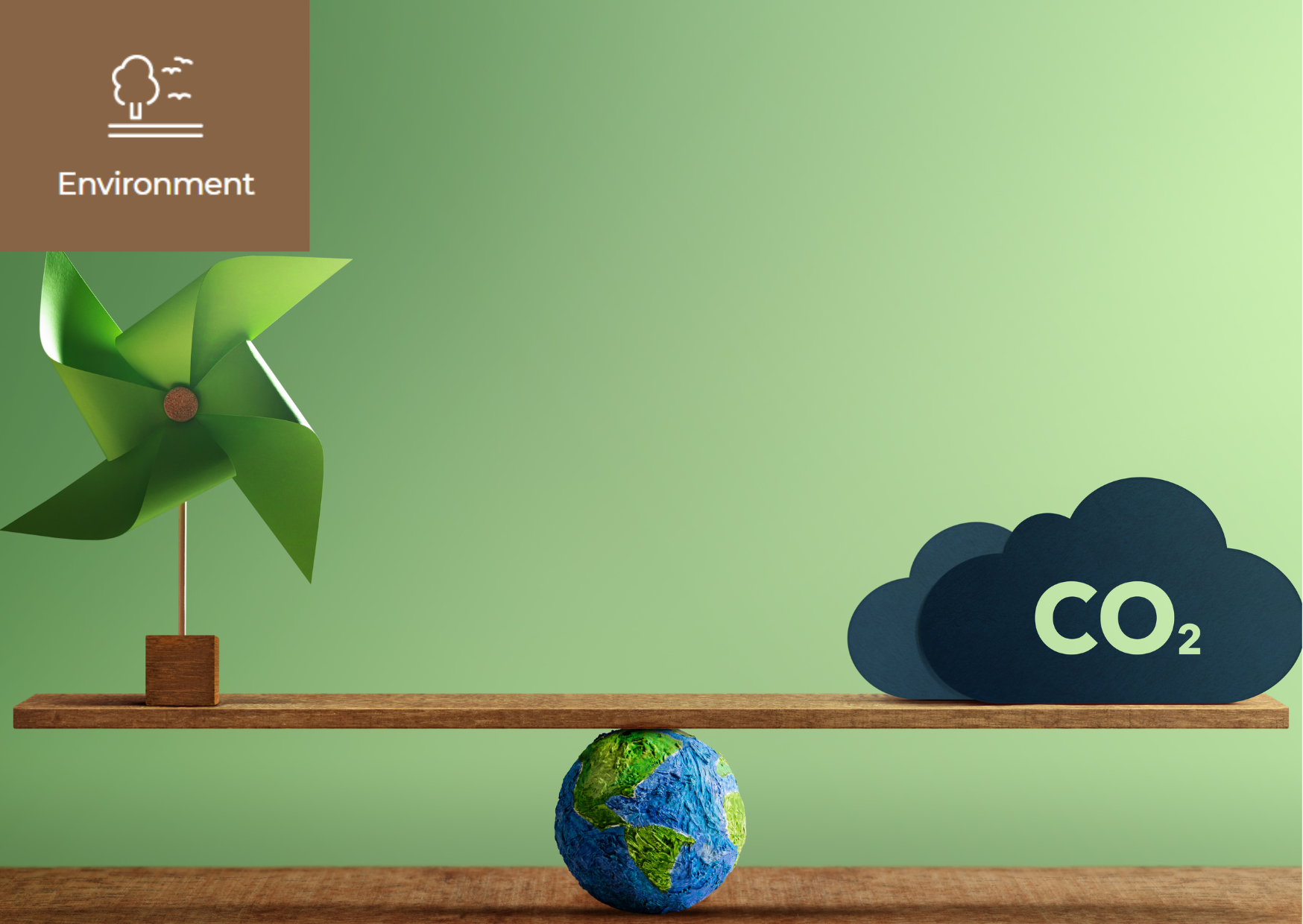 What is Net Zero by 2050? 24 June 2025
What is Net Zero by 2050? 24 June 2025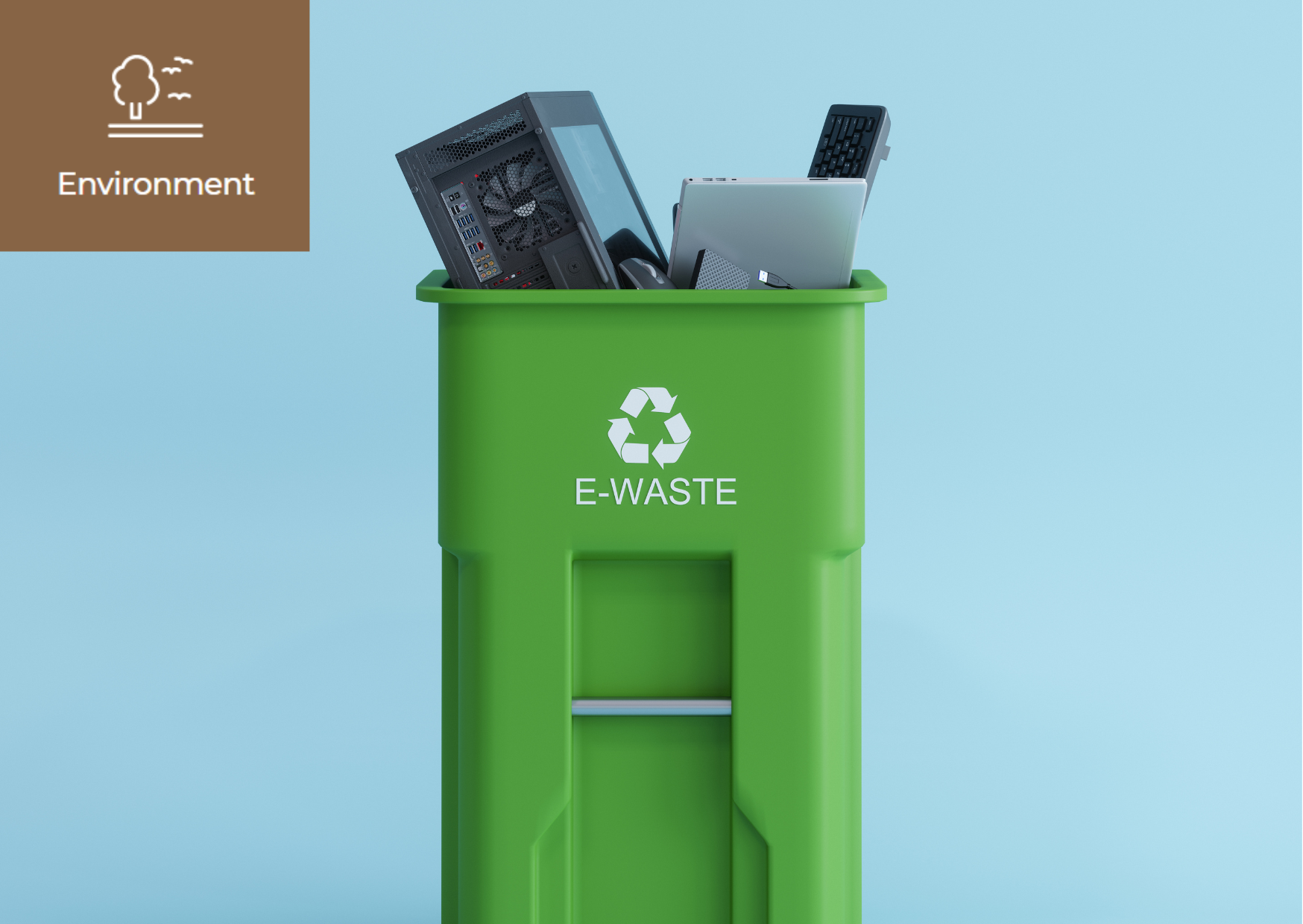 What is E-Waste? 9 June 2025
What is E-Waste? 9 June 2025 What is Climatarian? 29 May 2025
What is Climatarian? 29 May 2025 What is Airplane Carbon Footprint? 14 May 2025
What is Airplane Carbon Footprint? 14 May 2025 What is Fast Fashion? 21 April 2025
What is Fast Fashion? 21 April 2025 What is Eco-Feminism? 10 March 2025
What is Eco-Feminism? 10 March 2025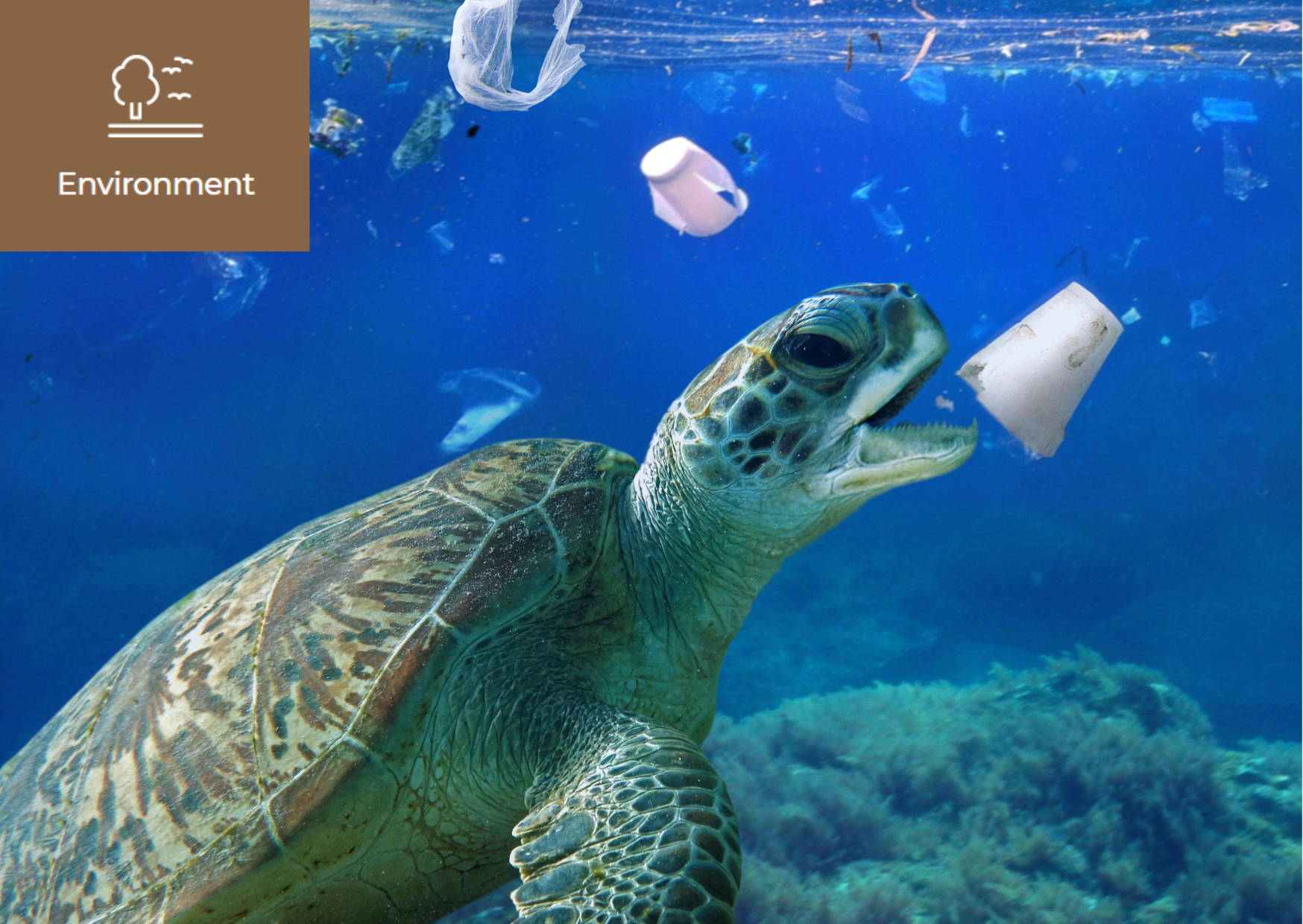 What Are Plastic Alternatives? 3 February 2025
What Are Plastic Alternatives? 3 February 2025
